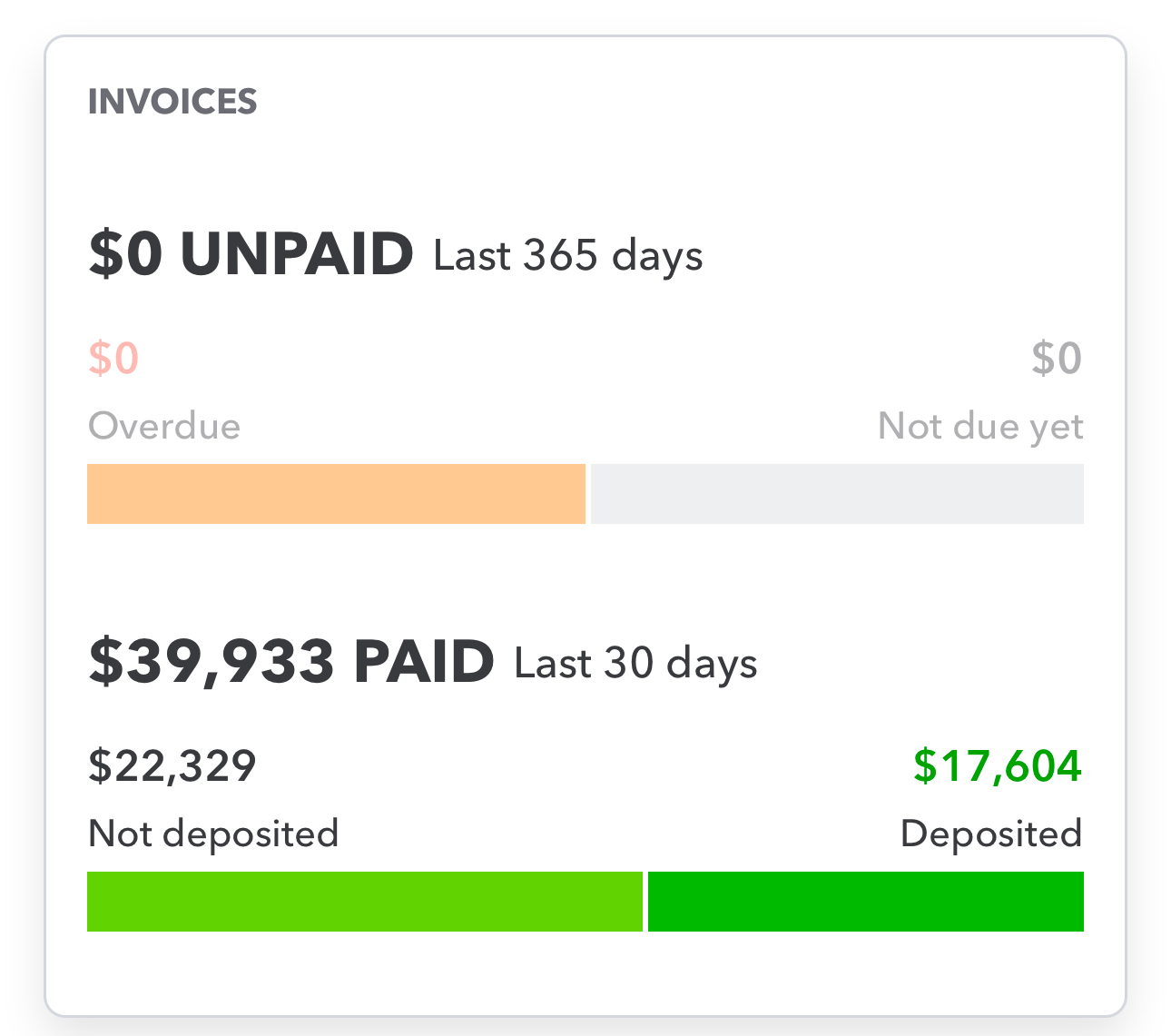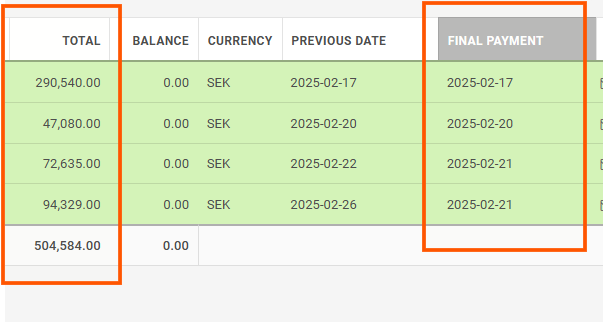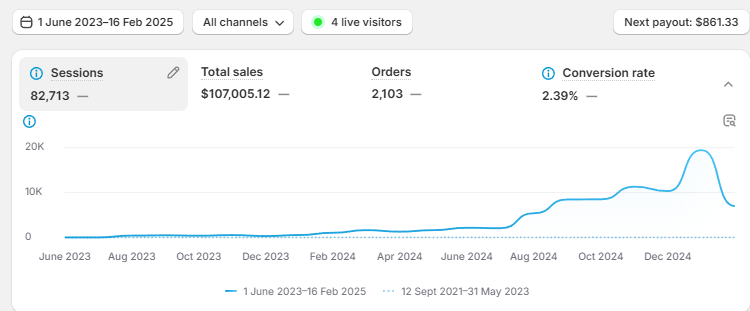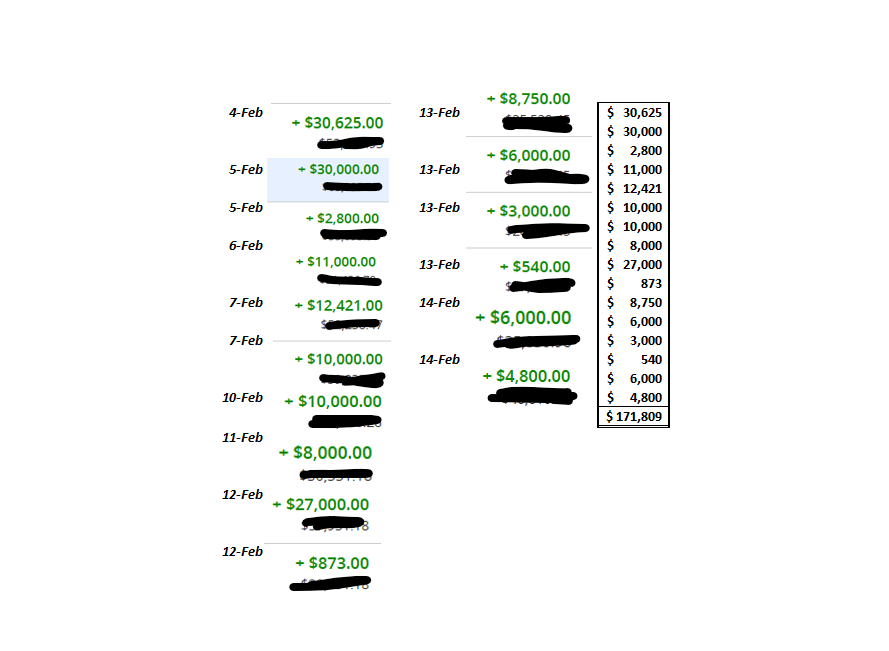How to Escape Your 9-5 Job & Build a $10K+/Month Affiliate Marketing Business in 90 Days
The Exact System a Fired Corporate Employee Used to Generate $10M+ in Affiliate Commissions (No Tech Skills, Products, or Employees Required)
Sarah M.
$39K/mo
James K.
$107K total
Maria L.
$171K high-ticket
▶ Watch: How I Built a $10M+ Affiliate Marketing Empire (5 min)
Break Free From the 9-5. Build a Life on Your Own Terms.
Join 1,247+ students who escaped the corporate grind and now control their income, schedule, and future using my proven affiliate marketing system
Get Instant Access: Free Training Shows You Exactly What to Do on Day 1 Yes! Show Me If I Qualify for John's Private Coaching (No Obligation)
Author of Amazon Bestseller "Work At Home Secrets"
★★★★★ 4.6/5 from 487+ verified buyers
$10.3M+
In Verified Affiliate Commissions
Documented across ClickBank, MaxBounty, & direct partnerships (2015-2024)587K+
YouTube Subscribers Learning Weekly
4.2M+ views in 2024 alone1,247
Active Students & Members
Including 94 who hit $10K+/month in 2024As Featured In:
Other "Gurus" vs. John Crestani
| Feature | Other "Gurus" | John Crestani |
|---|---|---|
| 💵 Proof of Earnings | ❌ Fake screenshots, rented Lambos | ✓ $10.3M+ verified across platforms |
| 📚 Teaching Method | ❌ Outdated theory from 2015 | ✓ Current strategies I use today |
| 💸 Hidden Costs | ❌ $10K+ in upsells & "coaching" | ✓ Transparent pricing, no surprises |
| 📊 Student Results | ❌ Testimonials from friends/family | ✓ Real screenshots, verified earnings |
| Support | ❌ Disappear after you pay | ✓ Active community + direct access |
| Credibility | ❌ No media presence, fake stories | ✓ Featured in Forbes, NBC, FOX, 587K+ YouTube |
The Crestani Method: A Proven 3-Phase System
Select
Choose high-converting affiliate offers from proven networks. I show you exactly which niches are printing money RIGHT NOW.
Promote
Deploy battle-tested ad campaigns using my exact templates. Facebook, Google, YouTube—I've mastered them all.
Scale
Reinvest profits and automate with AI. This is where $1K/day becomes $10K/day—I'll show you how I did it.
The Transformation: From Corporate Slave to Freedom
I'm John Crestani, and I went from being a broke college graduate working a soul-crushing corporate job to building a multi-million dollar affiliate marketing empire. After getting fired from my corporate job, I discovered affiliate marketing and never looked back.
Today, I'm recognized as one of the world's leading affiliate marketing experts, having helped thousands of students achieve financial freedom through online marketing.
Real Students. Real Results. Real Freedom.

"I went from $0 to $39,933 in 30 days following John's system. This completely changed my life."Verified Student Result
$39,933 paid in 30 days
$17,604 deposited to bank

"Hit 504,584 SEK (over $50K USD) using the Facebook Ads strategy in module 4. This system works."Verified ClickBank Earnings
504,584.00 SEK total
Multiple payment dates verified

"Started with nothing. Now I have $10,584 in my bank account from affiliate marketing. First time I've ever had real savings."Verified Bank Balance
$10,584 cash flow
Checking and savings combined

"$107K in total sales over 18 months. I was skeptical at first, but John's training is completely different from other courses."Verified Stripe Earnings
$107,289 in 18 months
Documented payment history

"$171K in high-ticket commissions. The mentorship program taught me how to scale beyond small affiliate offers."Verified High-Ticket Sales
$171,387 total commissions
Multiple high-value transactions

"$83K in earnings. Never thought I could make this kind of money online. John's system is the real deal."Verified Payment Screenshot
$83,466 documented
E-deposit confirmation
See 127+ More Verified Success Stories
*Results shown are not typical. Individual results vary based on effort, experience, and market conditions. See full earnings disclaimer.
Frequently Asked Questions
How fast can I see results with affiliate marketing?
Timeline:
- First commission: 30-60 days (most students)
- Sustainable $10K+/month: 3-6 months of consistent work
- Results vary based on effort, niche selection, and implementation speed
Do I need any prior experience or technical skills?
No. The Super Affiliate System covers:
- Choosing profitable niches (step-by-step)
- Setting up campaigns (complete walkthrough)
- Creating landing pages (no coding required)
- Driving traffic (multiple proven methods)
How much money do I need to get started?
Initial advertising budget: $500-$1,000
- Separate from course investment
- No inventory, employees, or overhead needed
- Start with $500, test, then reinvest profits to scale
Is this just another "get rich quick" scheme?
Absolutely not. This is a real business requiring:
- Work, testing, and persistence
- 3-6 months of focused effort to build properly
- Consistent implementation of proven strategies
What makes your system different from other courses?
Three key differences:
- Real proof: $10.3M+ verified earnings (not rented Lambos)
- Current strategies: I actively run these campaigns TODAY
- Lifetime access: Updated training + 1,247+ active student community
Can I do this while working a full-time job?
Yes. Part-time path to full-time income:
- Start with 10-15 hours/week (evenings & weekends)
- Campaigns run on autopilot (5-10 hours weekly maintenance)
- Many students replace job income in 6-12 months
What I Teach
I teach ambitious entrepreneurs how to build profitable affiliate marketing businesses from scratch. Through my:
- Super Affiliate System - My flagship course teaching affiliate marketing strategies that generated $10M+
- YouTube Channel - Over 587,000 subscribers learning marketing strategies weekly
- AI Marketing System (2025) - Latest course leveraging AI for affiliate marketing automation
- Work At Home Secrets - #1 Amazon Bestseller (★★★★★ 4.6/5 - 487 reviews)
- Platinum Mentorship - Exclusive high-level 1-on-1 coaching program
- Speaking Engagements - Featured at major marketing conferences worldwide
Whether you're looking to escape the 9-5 grind, supplement your income, or build a full-time business, I'll show you exactly how to do it.
Choose Your Path to Freedom
I'm Just Starting
New to affiliate marketing? Start with my proven free training that shows you exactly what to do on day 1.
Get Free TrainingI'm Ready to Go All-In
Serious about building a $10K+/month business? Apply for direct coaching and fast-track your success.
Apply for CoachingShow Me More Proof
Want to see verified earnings from real students before deciding? Check out 127+ success stories.
View Success Stories